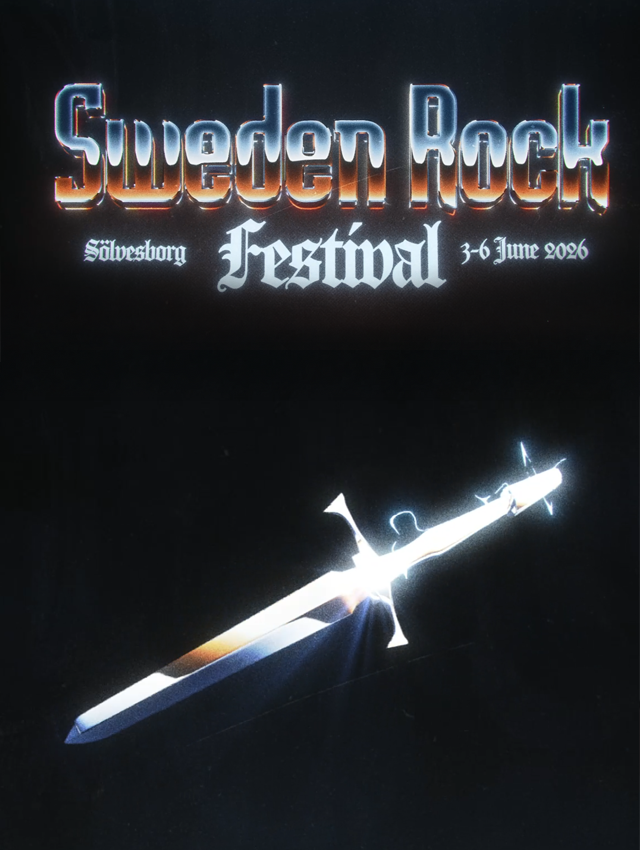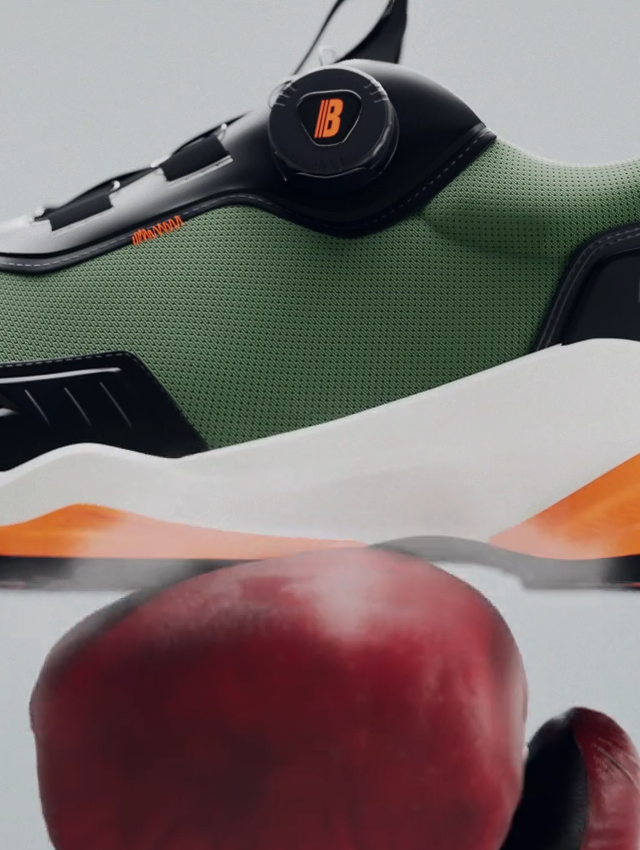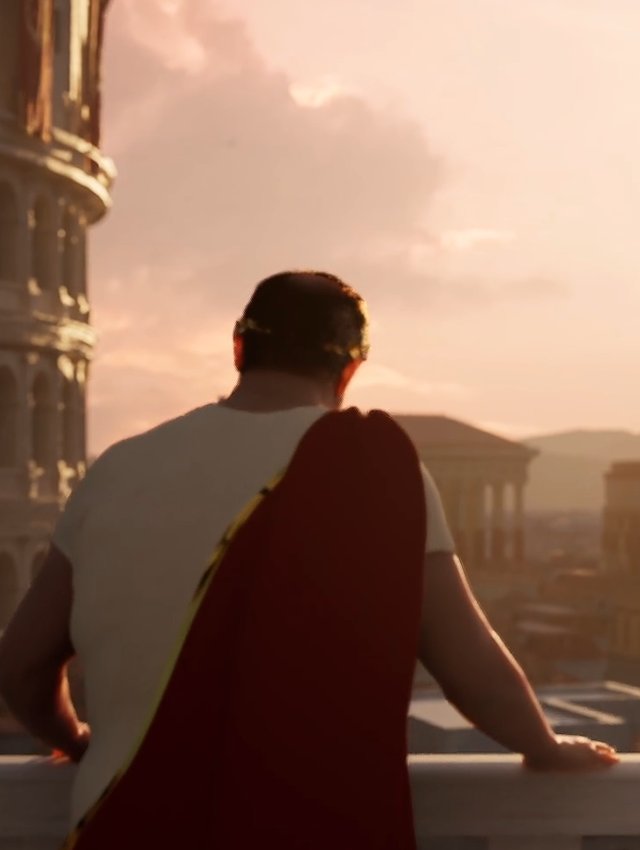Visualization of Ancient Worlds
In the spring of 2024, a digital learning platform on history was launched for middle school students, in which the World Cultural Museums would, among other things, contribute facts about ten objects from their collections. Instead of just showing a pictures with factual captions, they wanted to let the objects come to life, and be placed in the historical context they were drawn from. The objects ranged from a Greek amphora and a Roman grave inscription to the Pallas Athena statue on the Parthenon itself. Two of the films would also bring to life the classic myths of Heracles' battle against the Amazons and Romulus's murder of his brother Remus.
When we were asked to help, we were immediately caught fire and flames, but soon realized that the project did not lack challenges. On the one hand, the intended viewers — middle school children — were a difficult audience to flirt with, and on the other hand, great demands were placed on historical correctness in everything from colors to clothing and architecture.
Production company: Studio Konkret
2d art director: Andreas Nilsson
3d art director: Marcus Sandgren
3d animation: Marcus Sandgren
FX: Viktor Jämterud
Producer: Linus Rosenqvist
We started by doing our own research on the different historical eras and mapped out which environments would be built: Greek villas, Roman streets, temple rooms and mythological scenes. We began to search for which 3D objects were already available and which we would have to create ourselves. Here we had a very good cooperation with the World Culture Museums, who were happy to answer questions about everything from the colors of Roman trains to Greek hoplites.
We quickly decided to make the films in the Unreal Engine, which is basically a game engine that allows real-time rendering, that is, the videos are built up in real time, which speeds up the work considerably. In this way, we were able to maintain a close dialogue with our customer and continuously send moving drafts of the films to be able to get quick feedback and adjust along the way.
Since we could work with real-time rendering, we skipped the classic storyboard step and went straight to animatics. In this way, we were able to test camera movements, scene construction and character placement early on. We soon realized that we would be many objects would need to be built from scratch, which became an interesting but challenging job. We also spent a lot of time making the people in the movies look realistic, so we didn't land in a computer game aesthetic.
As in all projects where you work towards a deadline, we had to make trade-offs during the project, so that all the different elements of the films, such as simulations, texturing and modeling of objects, were given equal time and care. After the animation part was complete, we graded the films in DaVinci Resolve, and auditioned them to amplify the experience and give the films an additional dimension.
The result was 10 films that we are very proud of. We think they provide a credible picture of antiquity, where ancient people and human destinies are given life and hopefully an increased understanding and interest in both the epoch and its stories.
We worked in parallel with both Roman and Greek content, where we allowed architecture, everyday life and objects to reflect the respective culture but also the encounters and influences that arose between them. In this way, we were able to highlight both the differences and the interaction, creating a whole that clearly shows how the two worlds existed side by side.

































.png)


















































